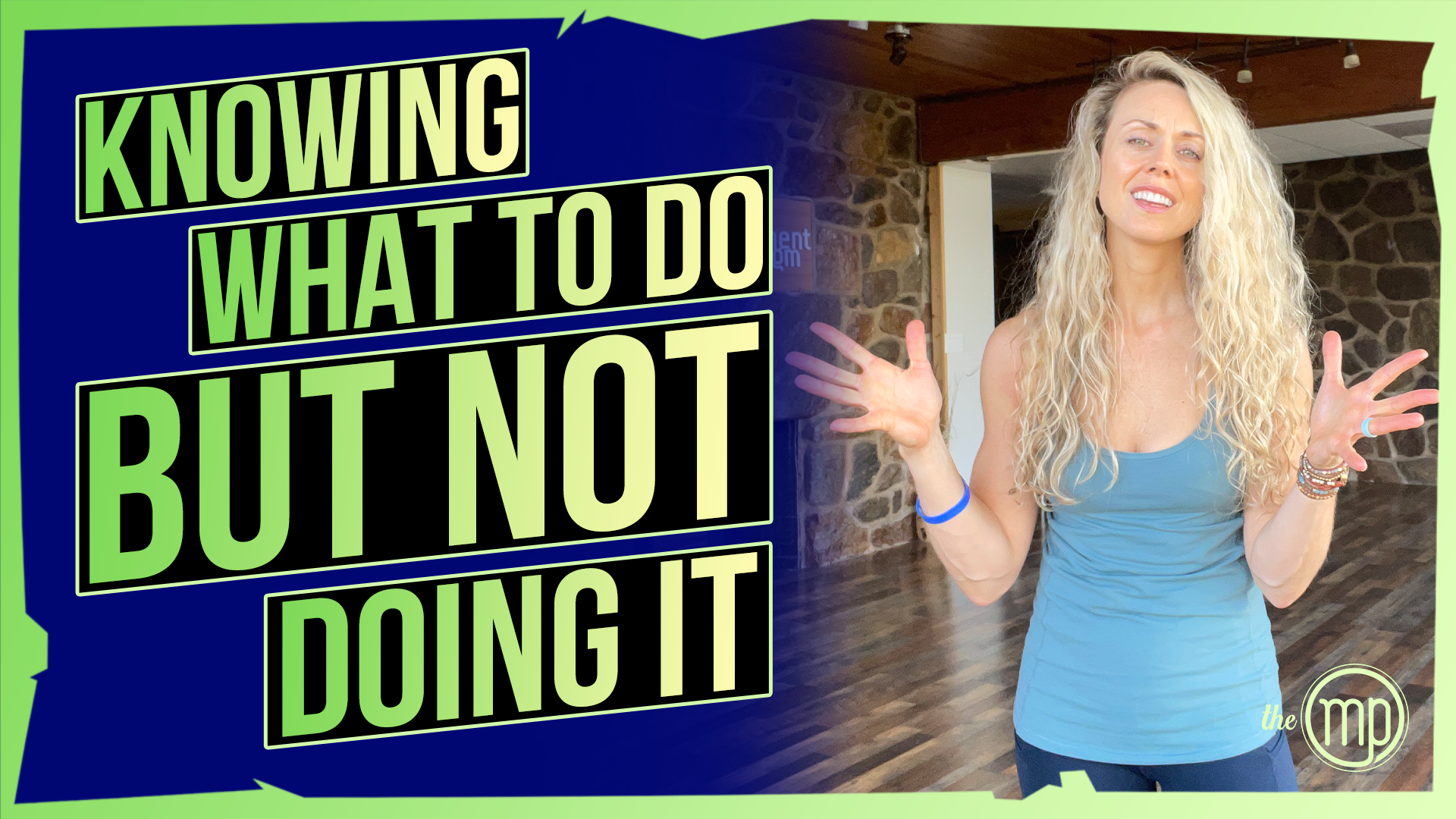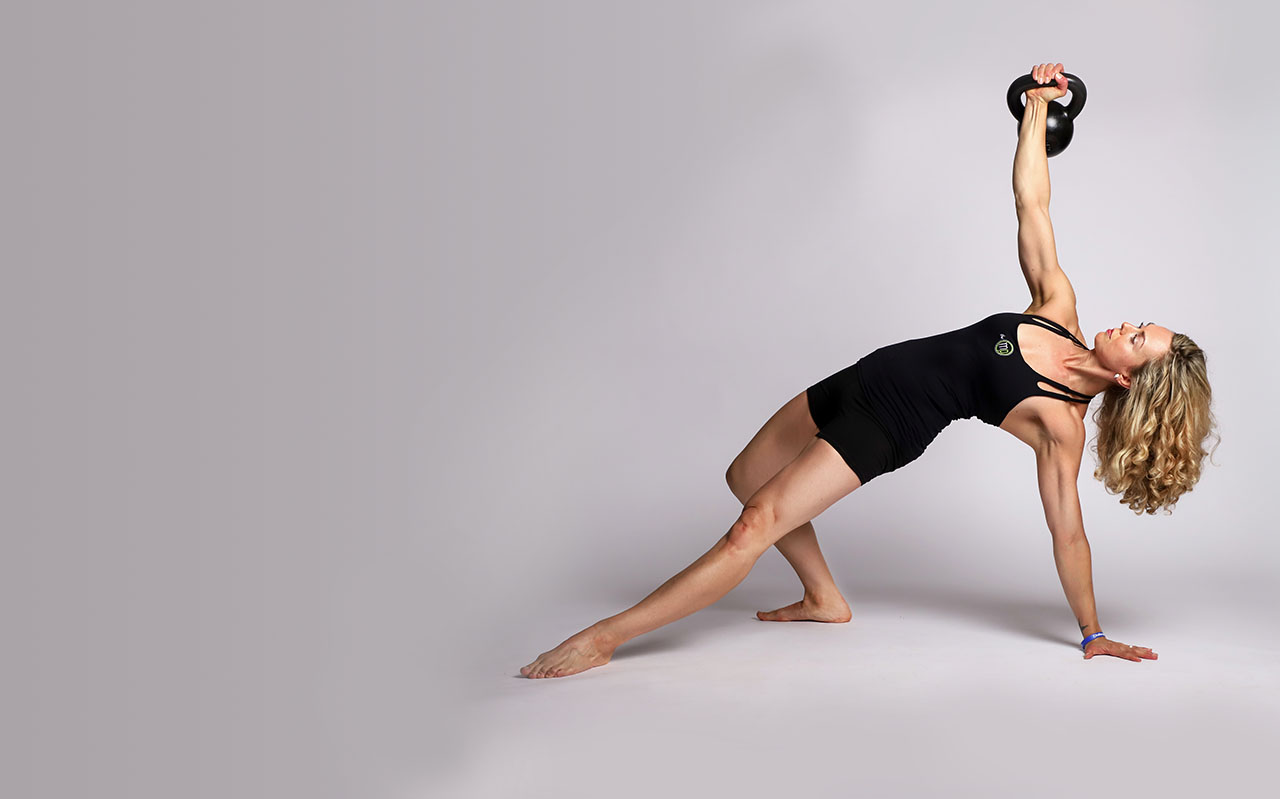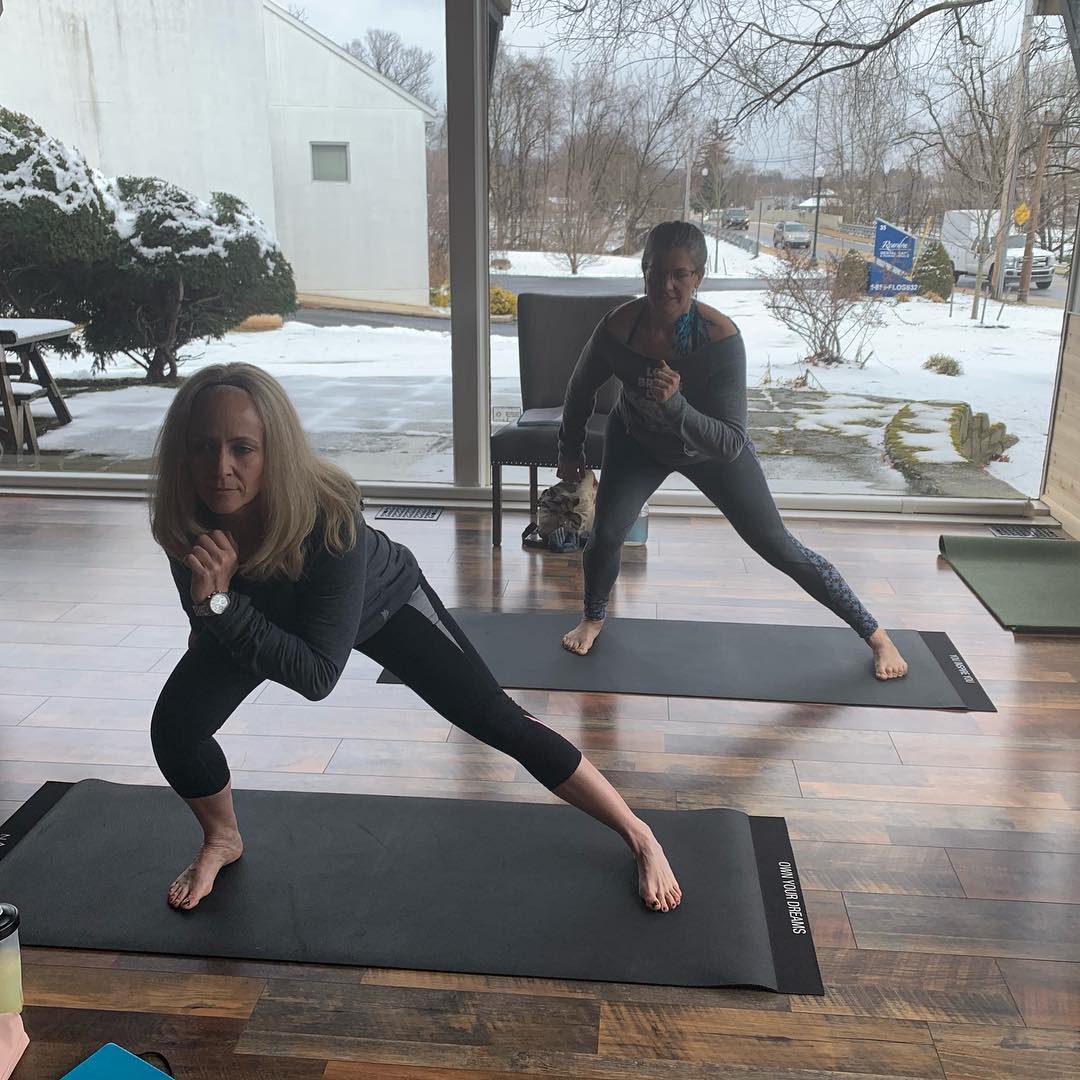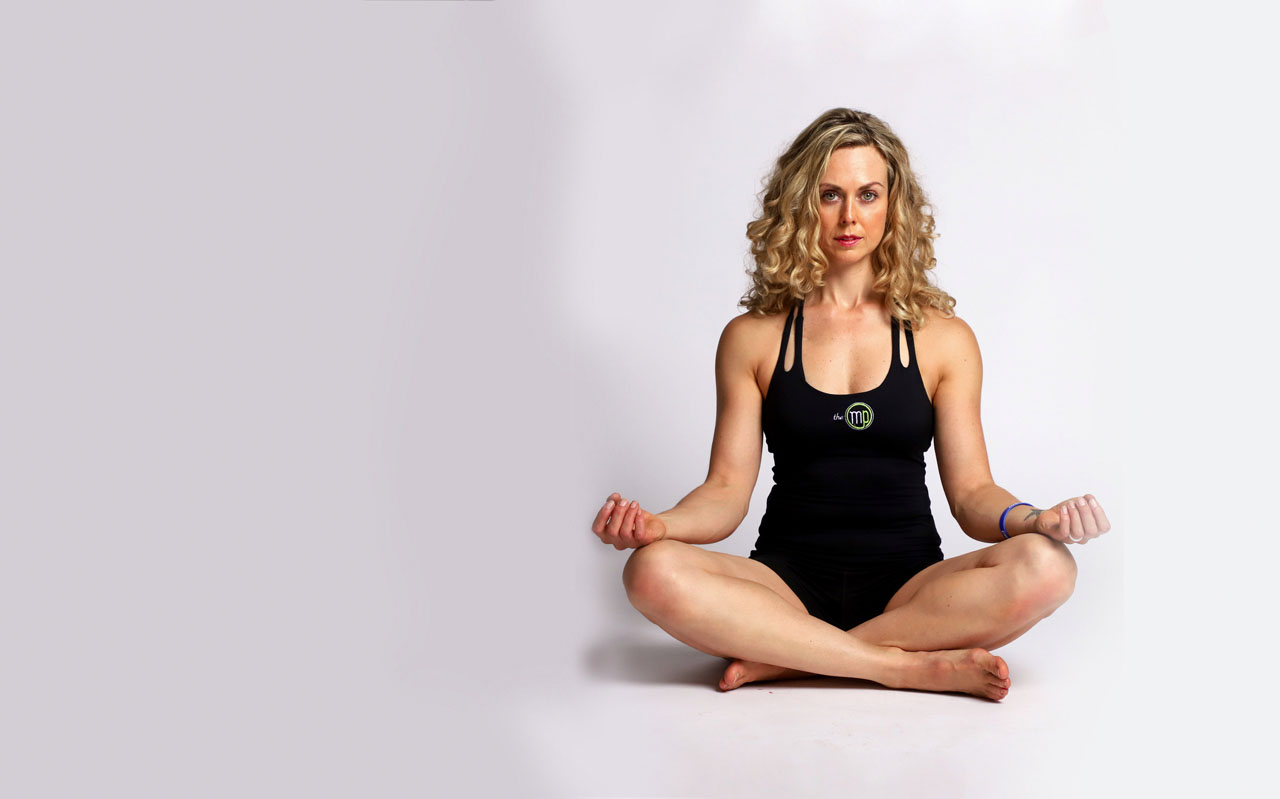Did you ever wonder why you know exactly what you should be doing to make your life better, happier, healthier, but you don’t do it? You keep saying next week, next year, in five years, but it never really becomes a reality. We have all been there but let’s talk about the science of why that happens and what you can do about it. To put it simply, we are humans and we all have emotion. With that, we are naturally going to gravitate towards pleasure and away from pain. Say for example, Friday night rolls around, and your spouse or significant other wants to order pizza. You’ve had a long week so even though you’re planning to have a salad, you go for the pizza. Another example is sleeping in versus working out in the morning. The reality is that we consistently overcomplicate things. We make them way too complex for what they need to be.
Your subconscious mind is 99 percent of your mind. This is the house of all of your past experiences. This includes your memories, beliefs, and unresolved emotions. This is the domain of your habits. Our conscious mind, however is one percent of our mind and is responsible for our thoughts, goals, awareness of self. For us to be able to set a goal and be able to succeed at it, we have to align the subconscious mind with the conscious mind. Even though we know what we should do i.e. our conscious mind, our subconscious mind is a million times faster and much more powerful. If those two are not aligned, then unfortunately we will not be able to meet our goals or set out to do what we said we were going to do. As it relates to habits, we run our day on approximately 45 percent to 95 percent on habits. Our thoughts are actually part of our habits. We have about 50,000 to 70,000 thoughts a day. You can hopefully appreciate that if these conscious thoughts are overpowering our conscious mind, then we are going to default to whatever is easier. We are not necessarily going to move towards the pain, we are going to move towards pleasure, whatever is the easiest thing right now. Going back to that Friday night pizza, “I’ve had a long week and I’m tired,” so I’m just going to go back to what’s comfortable and what’s easy…pleasure.
Additionally, when we get out of our comfort zone, for example setting a goal to exercise every day, this signals fear to the body. Immediately we have chemicals released that are signaling fear and danger. So guess what happens? We also want to move towards what’s easy, what’s comfortable, and what’s pleasurable. We easily will revert back and not achieve our new year’s resolution to exercise every day.
So let’s talk about six ways that you can begin to align your subconscious mind with your conscious mind, you can begin to make your goals a reality.
1) Healthful habits
You want to develop healthful habits so that when your conscious mind gets tired from all those thoughts that are racing through your head, that your subconscious mind decides to take over and do the right thing.
2) Be aware
Be aware of your thoughts, inner voice, and most importantly the language that you are speaking to yourself. If you continue to say, “I’m never really going to get strong,” then you will not get strong. You will not necessarily work out like you’re supposed to in order to get strong. So, you want to make sure that you’re in tune with the language that you’re speaking and shift it to a productive language. “I am going to work out so that I am strong.”
3) Clarity
Have clarity about what you want, what are you striving to do, and the goal(s) that you are hoping to achieve. If you do not have clarity of your vision, dream, or goal, then it will be very challenging to allow that subconscious mind to be aligned with the conscious mind.
4) Take small action steps
This is extremely important to make sure that you are making small incremental changes, especially in your habits. Think of the first time that you were told you had to brush your teeth. Since you were a young child, you’ve been brushing your teeth every single day, at least we hope so. That’s a perfect example of how habits start.
5) Consistency
It is so crucial that for you to do what you want to do, to be consistent with your habits, day in and day out. Blocking time in your schedule, for example, to allow yourself the time to be able to perform whatever it is that you need to do. Whether that’s working out, meal prepping, or meditation. Be consistent with whatever you do so that it becomes a habit, just like brushing your teeth.
6) Celebrate
Celebrate your successes! This is where we can have serotonin and dopamine responses that can improve that feeling of happiness, as well as reward and motivation. It keeps you motivated to keep doing what you’re doing to keep this habit going to make sure that it’s truly part of your life.
There are six different ways to help you align your subconscious mind with your conscious mind, allow you to achieve your goals, and do what you say you are going to do.
If you need help on your journey to better health, contact [email protected] to schedule a FREE 15 minute virtual consultation.
For more content, make sure to subscribe to our YouTube channel here.







